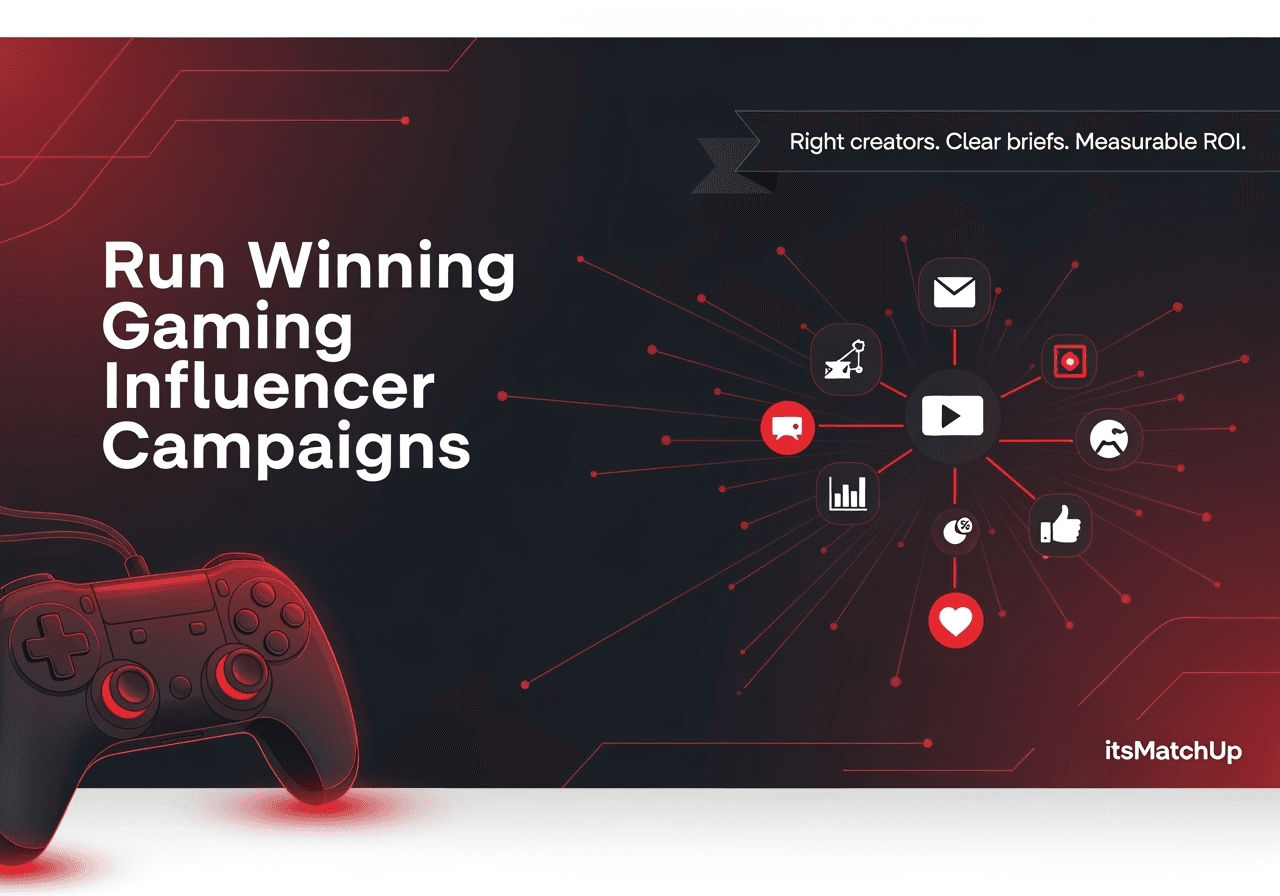How can I know if my Influencer Marketing Campaigns were a success?
Measuring is a personalized work
Influencer Marketing is a very complex term that contains relative theories, and practices are even more relative. We deal with human behavior and this is not always easy to measure.
People are always changing their minds, sometimes they like black and sometimes white. That happens because we are all looking for new information and trends to consume all the time. So, how do you measure the way this choice is transformed? Or how do you influence your public’s choice towards your business?
Today’s technology offers methods of analyzing behaviors about a trend, as well as putting into practice strategies that are intended to influence some transformation, protecting influencer marketing from what is relative, and ensuring the accuracy of analysis and clearer results.
Every product launched in the market is made with an objective and expecting to reach a specific target, right? So that’s the important information for us to know before we measure the success of your campaign. The rest is called “Vanity metrics”: not necessarily correlate to the numbers that really matter.
Here are some goals that the campaign might follow during the Influencer Marketing:
• Brand exposure
• Lead Generation
• Sales
• Loyalty
Take a look at this chart and choose one example to help guide your mind among this relative and dense context:

After selecting one of them, that’s when we will define the metrics that will be relevant. But it’s important to know that each campaign has it’s own relevant and important numbers , and is having that in mind that your company must follow the right measure in our portfolio.
Understanding KPIs in Influencer Marketing
These metrics are called Key Performance Indicator (KPIs), indicators that are selected taking into account the objectives in question. They are defined to keep pace with the evolution of operations and Influencer Marketing campaigns and avoid absurd amounts of reports and data that leads nowhere. It is through them (indicators) that we keep the focus to go after goals.
For example: there is no way to use the same KPIs in campaigns in Canada and Brazil, or in China and the United States because each one deals with a different culture, behavior, and law. And it is for this reason that our reach/click/follower presentations will never be plastered?. Everything depends, everything is customizable to the project, once we are a global agency.

The step of “Select the KPIs that are correlated with the objective of your campaign” does concern to us: The Global Influencer Marketing Agency that will lead your numbers to the right way. (the rest of the steps we do as well!)
Do you understand how KPIs are relative? How does each occasion ask for a form of analysis?
Therefore, when analyzing the success of campaigns in Influencer Marketing and, consequently, their metrics (KPIs), we take into account some criteria of analysis, such as:

• Geographical location of influencer
• Type of product offered
• Power and purchasing power of the public
• The dissemination channel
• among others!
Tailoring metrics
Our role is to understand the customer’s marketing objective and tailor the metrics to each of them. Just like we do in our posts. Here, for example, we’ll look at how long each visitor stayed on the page: if you came here and stayed at least 4 minutes with the tab of our blog opened, that means that our content was relevant to you, and that your profile was contemplated with our strategies. The KPIs we’ll considerate on this occasion – having in mind that our objective was to capture your attention regarding the relativity of analysis in Influencer Marketing- were: total traffic, clicks on the page, as well as the engagement. By the way, if this happened, thank you for your being here!
SHARE THIS STORY ANYWHERE YOU LIKE
SHARE THIS STORY ANYWHERE
How to Run an Influencer Marketing Campaign for Gaming Brands
🎮 Looking to break through the noise and grow your gaming brand? Here’s our proven framework for influencer campaigns
Opportunities to promote your brand with Influencers
There are countless possibilities to promote your brand on the internet with the support of Digital Influencers. See


